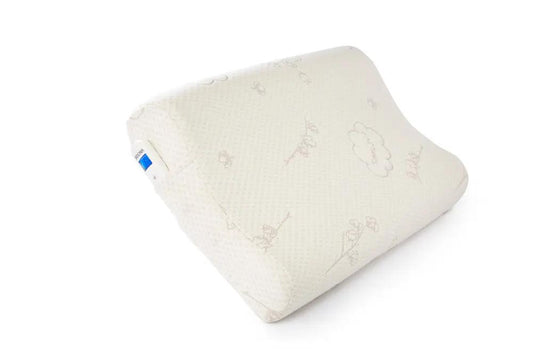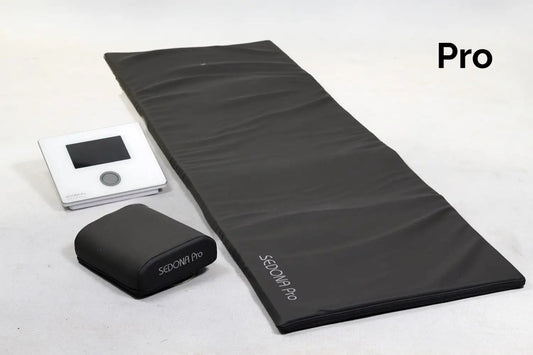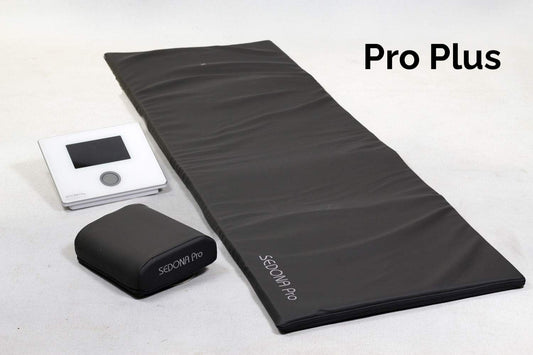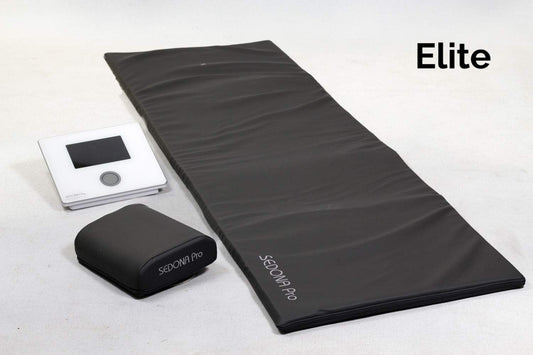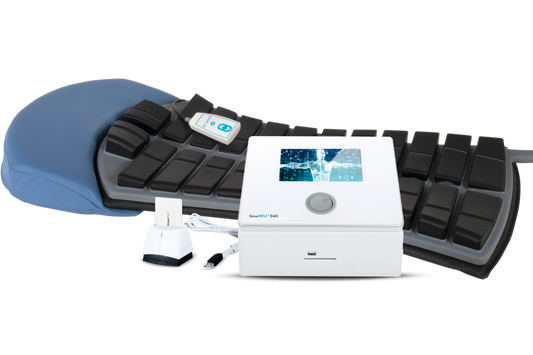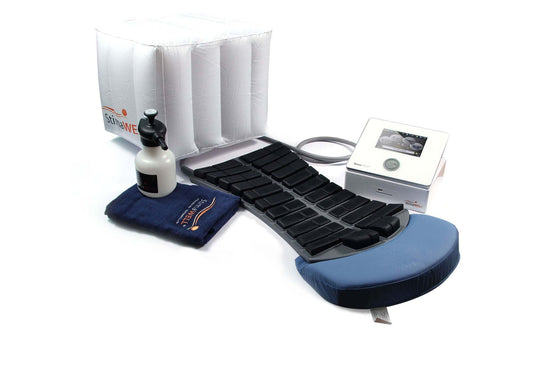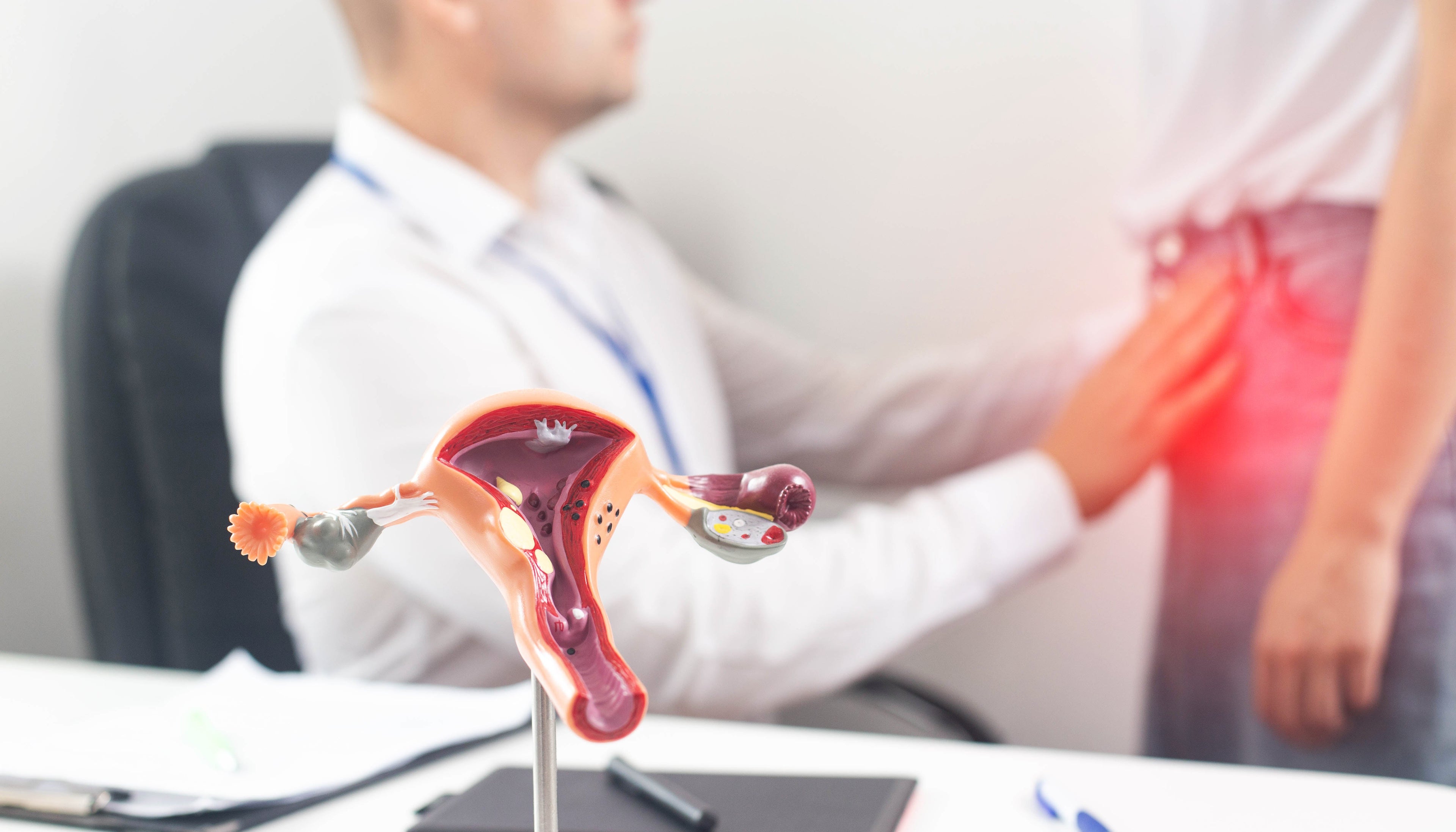
PEMF THERAPY FOR ENDOMETRITIS AND ENDOMETRIOSIS
PEMF (Pulsed Electromagnetic Field) therapy is gaining recognition as a beneficial treatment for conditions such as Endometritis and Endometriosis. These conditions, which involve inflammation and tissue growth respectively, can cause significant discomfort and pain, often leading to serious complications if untreated. Here's an in-depth explanation of how PEMF therapy can assist in managing these conditions and why investing in a PEMF mat could be beneficial.
Understanding Endometritis and Endometriosis
Endometritis:
An inflammation of the inner lining of the uterus, often caused by infections. Symptoms may include pain, abnormal vaginal discharge, and fever.
Endometriosis:
The growth of endometrial-like tissue outside the uterus, leading to chronic pain, irregular bleeding, and potential infertility. This tissue behaves like the lining of the uterus, including its response to hormonal changes, which can cause significant pain and inflammation.
How PEMF Therapy Helps with Endometritis and Endometriosis
Reduction of Inflammation:
Both endometritis and endometriosis are characterized by inflammation. PEMF therapy can reduce inflammation by suppressing inflammatory cytokines and enhancing the body's natural anti-inflammatory responses. This can lead to decreased pain and discomfort.
Pain Relief:
PEMF therapy is known for its analgesic effects, which work by interrupting pain signaling pathways and increasing endorphins, the body’s natural painkillers. This can provide significant relief from the chronic pain associated with endometriosis and the acute pain of endometritis.
Enhancement of Blood Circulation:
Improved circulation is a key benefit of PEMF therapy. For endometritis and endometriosis, enhanced blood flow can help in the removal of waste products and inflammatory substances, potentially reducing symptoms and promoting healing of the affected tissues.
Promotion of Tissue Repair:
PEMF therapy stimulates cellular repair mechanisms, which can be beneficial in healing the uterine lining in cases of endometritis and managing the scar tissue and adhesions commonly found in endometriosis.
PEMF MAT BENEFITS FOR ENDOMETRITIS AND ENDOMETRIOSIS
Our PEMF mat is designed with the latest technology to maximize the therapeutic benefits for conditions like Endometritis and Endometriosis:
Targeted and Whole-Body Treatment:
Our mat allows for targeted treatment that can be focused on the pelvic area while also providing benefits to the whole body, helping to alleviate associated symptoms such as back pain and general inflammation.
Customizable Settings:
With variable frequencies and intensities, our PEMF mat can be tailored to your specific therapeutic needs, ensuring you receive the most effective treatment for your symptoms.
Ease of Use:
Designed for convenience, our PEMF mat can be used in the comfort of your own home, making regular treatment sessions both feasible and comfortable, without the need for frequent clinical visits.
Safety and Comfort:
Built with safety and comfort in mind, our mat is made from non-toxic materials and is FDA approved, ensuring a safe and comfortable experience during each therapy session.
CONCLUSION
Investing in a PEMF mat could significantly improve the management of Endometritis and Endometriosis by reducing inflammation, alleviating pain, enhancing blood circulation, and promoting tissue repair. These benefits provide a non-invasive, drug-free method of treatment that can greatly enhance quality of life.
Take control of your health with our innovative PEMF mat. Experience the transformative effects of PEMF therapy and gain a new level of relief and comfort.
RECOMMENDED PROGRAMS
If you already own one of our PEMF Mats we recommend these programs for Endometritis and Endometriosis:
-
SEDONA PRO/PRO PLUS PEMF MAT
Wellness: 4
Sport: 8, 9, 11, 12
-
SEDONA ELITE PEMF MAT
Wellness: 1, 2
Longevity: 1, 2
STUDIES
-
Read Study
PubMed - Pulsed Electromagnetic Field Therapy (PEMF) could improve endometriosis pain along with lowering serum inflammatory markers.
SEDONA WELLNESS PRODUCTS
-
SEDONA PEMF FACEMASK
Vendor:Sedona Wellness4.75 / 5.0
(4) 4 total reviews
Regular price $390.00 USDRegular priceUnit price / per -
TIMMYZZZ PEMF PILLOW
Vendor:Sedona Wellness4.67 / 5.0
(3) 3 total reviews
Regular price $390.00 USDRegular priceUnit price / per -
SEDONA PRO PEMF MAT
Vendor:Sedona Wellness5.0 / 5.0
(12) 12 total reviews
Regular price From $5,900.00 USDRegular priceUnit price / per -
SEDONA PRO PLUS PEMF MAT
Vendor:Sedona Wellness5.0 / 5.0
(8) 8 total reviews
Regular price From $6,900.00 USDRegular priceUnit price / per -
SEDONA ELITE PEMF MAT
Vendor:Sedona Wellness5.0 / 5.0
(20) 20 total reviews
Regular price From $7,900.00 USDRegular priceUnit price / per -
SEDONA PEMF CHAIR
Vendor:Sedona WellnessRegular price From $15,900.00 USDRegular priceUnit price / per -
STIMAWELL EMS BACK MAT
Vendor:Sedona WellnessRegular price $16,900.00 USDRegular priceUnit price / per -
LONGEVITY LOUNGER PEMF BED
Vendor:Sedona WellnessRegular price From $21,900.00 USDRegular priceUnit price / per




